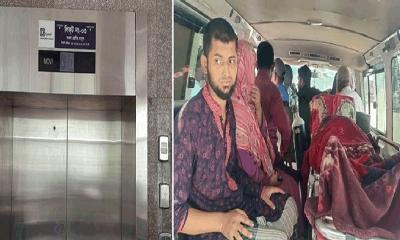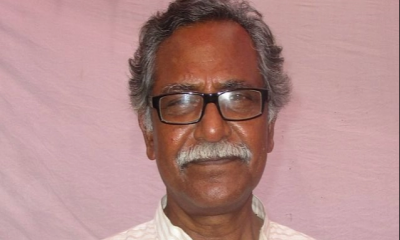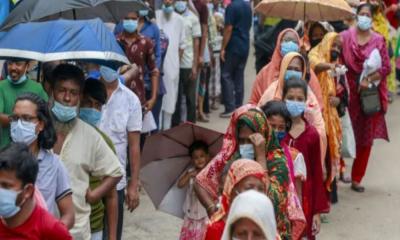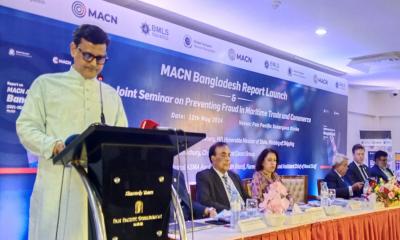Around 90 percent of adolescent girls and young women do not use the internet in low-income countries, while their male peers are twice as likely to be online, according to a new UNICEF analysis published Wednesday.
The report, titled “Bridging the Digital Divide: Challenges and an Urgent Call for Action for Equitable Digital Skills Development”, by UNICEF was published on the occasion of International Day of Girls in ICT.
The report finds that girls “are being left behind” in an increasingly digital and connected world.
According to the report, girls are the least likely to have the opportunities to develop the skills needed for 21st-century learning and employment.
Girls are 35 percent less likely than their male peers to have digital skills, including simple activities like copying or pasting files or folders, sending emails, or transferring files, the UNICEF report said.
However, the report also notes that it’s not just enough to bridge the digital gap by ensuring access to internet.
“Closing the digital divide between girls and boys is about more than just having access to the internet and technology. It's about empowering girls to become innovators, creators, and leaders,” UNICEF Director of Education Robert Jenkins said in a statement.
The findings suggest that educational and family environments play a critical role in the gender-based digital divide.
Disparities in access to technology persist even within the same household. In a study of 41 countries, UNICEF found “households are much more likely to provide mobile phones for boys than girls.”
Female youths are 13 percent less likely to own a mobile phone, UNICEF said, "limiting their ability to participate in the digital world."
UNICEF called on governments and partners to close the gender divide and ensure that girls have the opportunities to succeed in a digital world.
The recommendations also include promoting girl’s access to peer learning, mentoring, internships and job shadowing in the digital/STEM world.


































